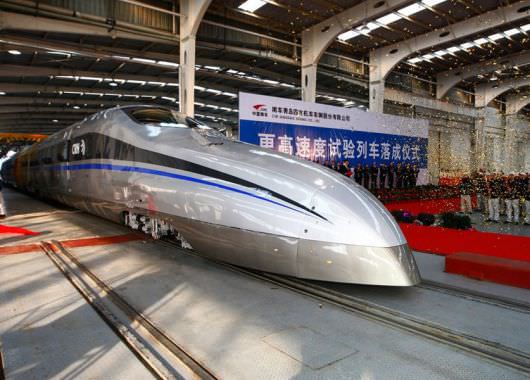The train is one of the most significant and transcendental means of transportation in various regions of the world. Its relevance is evident when considering that, for the transfer of goods over short and medium distances, it represents a cost saving compared to the airplane, in addition to having lower consumption and emissions per passenger. However, when it comes to long distances, there is no doubt that the airplane is the most suitable option.
In the Mexican context, the train used to be a regular and gratifying sight; however, it is now practically in disuse. Spain, on the other hand, boasts an outstanding rail network, with the so-called AVE trains reaching speeds of up to 350 km/h. China, in its eagerness to go further, has managed to develop a train capable of traveling at 500 km/h, pulling six carriages, which suggests the possibility of considerably reducing travel times between provinces, and thus providing greater comfort to users.
The train manufacturer CSR Corp is in charge of the development of this revolutionary train, whose design has a specially pointed front part, in order to optimize its aerodynamics. This project is part of a larger government plan to build 13,000 km of railways between 2012 and 2020, which I believe is extremely ambitious.
However, despite its efforts, China does not yet hold the title of the world’s fastest train, which goes to the experimental Japanese MagLev magnetic levitation train, capable of reaching 581 km/h (361 mph). If we focus on trains running on rails, the record is held by the French TGV, with a top speed of 574 km/h, although the latter only has three carriages.
As an expanding giant, both internally and externally, China faces the challenge of interconnecting its vast geography to facilitate the movement of people and products. For this reason, the magnitude of its railway plan is truly ambitious, and its progress in this sector is just beginning.
Source: China Daily



